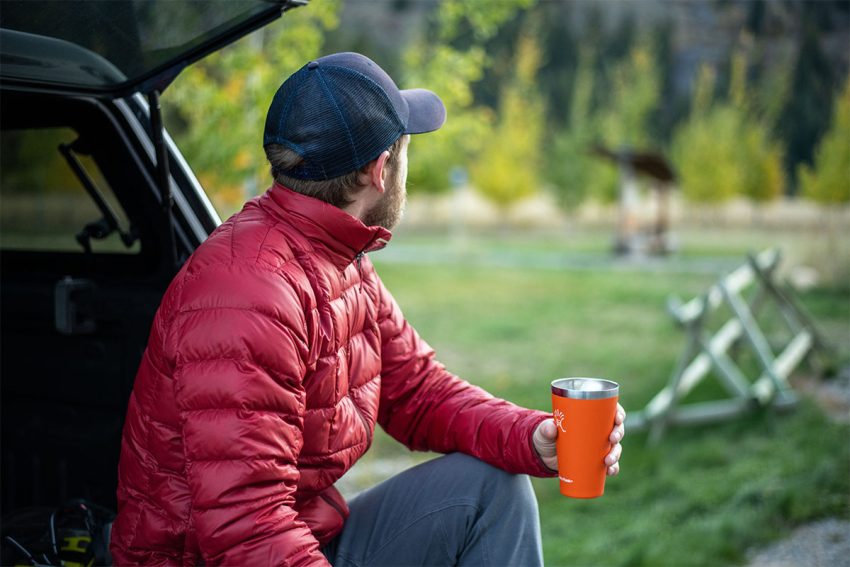In 2025, business is no longer just about profit margins and quarterly reports—it’s about innovation, agility, and human-centered leadership. As technology, consumer behavior, and global values shift, companies must rethink how they operate, connect, and grow. Here’s what defines successful businesses in today’s world. Tech-First, But People-Focused AI, automation, and data analytics are no longer…
Blog
Business in 2025: Agile, Tech-Driven, and Purposeful
The business world in 2025 is rapidly transforming under the influence of technological advancements, evolving consumer expectations, and heightened awareness of corporate social responsibility. Digital Transformation as the New Norm Companies are fully embracing AI, automation, and data analytics to streamline operations, improve decision-making, and enhance customer experiences. Remote work and cloud solutions have become…
How to Choose a Down Jacket for Cold Winter
Winter can bring harsh temperatures, and having the right outerwear is essential for staying warm and comfortable. A down jacket is one of the best investments for staying cozy in cold weather, thanks to its natural insulation properties. But with so many options on the market, how do you know which down jacket is the…
Technology in Aviation: Innovations That Power Modern Air Travel
The aviation industry has witnessed remarkable technological advancements over the years, transforming the way we travel by air. From navigation systems to passenger entertainment, aircraft today are equipped with cutting-edge technology that ensures safety, efficiency, and comfort. This article explores the key technologies used on modern airplanes and how they contribute to an enhanced flying…
US Export Trade in 2024: Challenges and Opportunities Amid Global Shifts
As of December 2024, the United States continues to play a pivotal role in global trade, with its export activities significantly influencing both domestic economic health and international market dynamics. Recent data and policy developments have highlighted key trends and challenges in U.S. export trade. Current Export Statistics In October 2024, U.S. exports totaled $265.7…
Why Modern People Are Increasingly Concerned About Health Issues
In recent years, health has become a major focus for people worldwide. From diet and exercise to mental well-being and preventive healthcare, modern individuals are prioritizing their health more than ever before. But what has caused this shift in awareness? Why are people today more concerned about health compared to past generations? This article explores…
The Importance of Food Safety
Food safety is a crucial issue that affects people’s health and well-being worldwide. The way food is produced, processed, and handled directly impacts public health, economic stability, and overall quality of life. In recent years, concerns about foodborne illnesses, contamination, and the effects of food production on the environment have made food safety a priority…
Emerging Medical Technologies Worth Your Attention
The medical field is continually evolving, with new technologies revolutionizing patient care, diagnostics, and treatment methodologies. Staying informed about these advancements is crucial for healthcare professionals and patients alike. Here are some of the latest medical technologies garnering significant attention: 1. Artificial Intelligence in Healthcare Artificial Intelligence (AI) is transforming healthcare by enhancing diagnostics, treatment…







